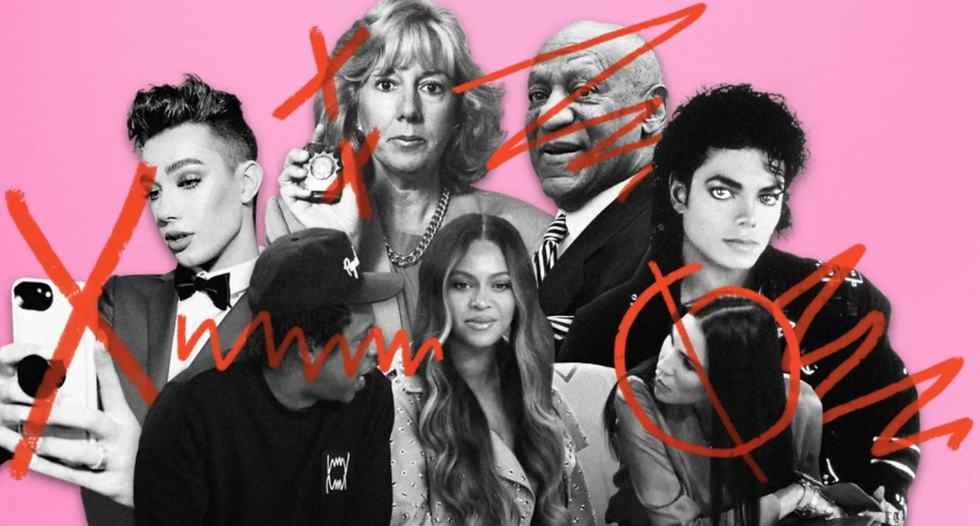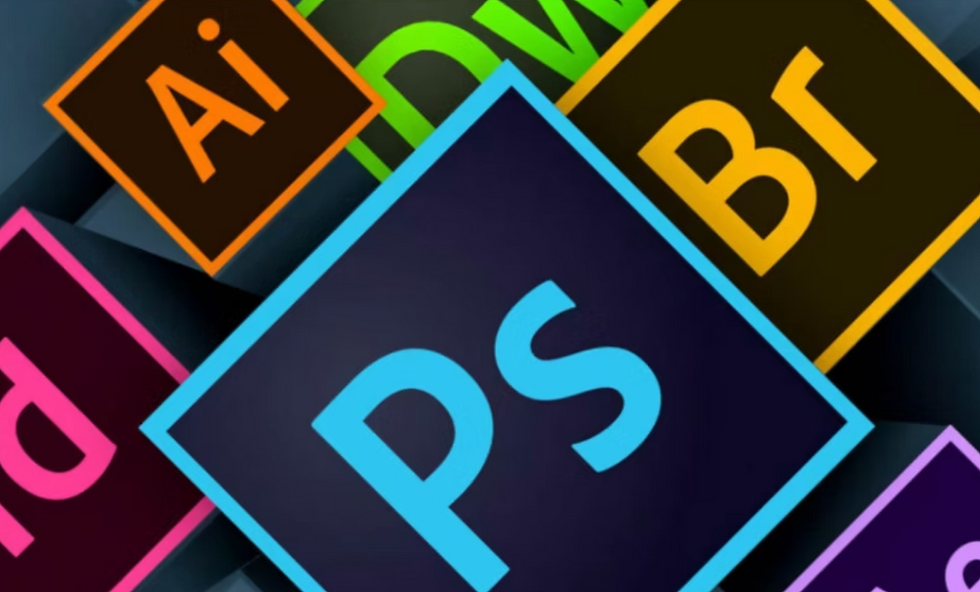NAVIGATING THE MINEFIELD OF CANCEL CULTURE
- Hope Valenti
- Aug 9
- 3 min read

Cancel culture often feels like a ticking time bomb looming over brands and public figures. A single misstep can bring an explosion, destroying endorsement deals, derailing projects, and dissolving fan loyalty. Yet it also serves as a powerful tool of accountability, shining a spotlight on behaviors that previously went unchecked, forcing those in the public eye to reflect, adapt, and ultimately improve.
Far from being a fleeting trend, cancel culture has cemented itself as a permanent shift in how society holds influential people and organizations accountable. Harmful or offensive behavior can no longer be swept under the rug, and the public now demands swift repercussions. This heightened level of scrutiny has placed brands and celebrities on edge, where survival often depends on navigating the complex landscape of public opinion with authenticity and transparency.
Why Cancel Culture Exists
Cancel culture emerged as a reaction to the long-standing issue of power and privilege shielding people from accountability. Before the rise of social media, many harmful behaviors by brands and public figures went unpunished or were swept under the rug with carefully managed PR responses. Cancel culture gave the public the power to hold individuals and corporations responsible when traditional mechanisms of accountability fell short.
But while cancel culture has often succeeded in holding the powerful accountable, it has also been criticized for moving too quickly, sometimes leaving little room for context, dialogue, or growth. Once a person or brand is targeted, there is rarely a chance for redemption without significant public scrutiny.
The Tightrope Walk: How Brands and Celebrities Are Coping
Surviving cancel culture today requires delicate navigation, as brands and public figures face ever-growing expectations to respond to controversy with transparency and authenticity. J.K. Rowling, once universally beloved for her Harry Potter series, found herself at the center of cancel culture in 2020 after making controversial statements about transgender issues. Her remarks were widely perceived as transphobic, particularly because they undermined key aspects of transgender identity and rights. Despite widespread criticism from fans, LGBTQ+ advocates, and even actors from the Harry Potter films, Rowling doubled down on her views rather than engaging in dialogue or acknowledging the harm her words caused. This resistance to growth and accountability deepened the backlash, significantly tarnishing her legacy and alienating large portions of her fanbase.
Rowling’s experience illustrates how deeply entrenched cancel culture can become. Her statements about gender identity ignited a broader debate about free speech, inclusion, and accountability, with no clear path to redemption in sight. While Rowling has maintained a loyal base of supporters, her public reputation has been irreversibly altered, underscoring how even the most established celebrities can face long-term consequences for their words.
But not every brand is doomed—some manage to turn the spark of controversy into a fire for growth. In 2018, when Nike made the polarizing decision to feature Colin Kaepernick as the face of its "Just Do It" campaign, they knew they were stepping into a cultural storm. Kaepernick, known for kneeling during the national anthem to protest police brutality, had become a divisive figure, and Nike’s endorsement immediately sparked backlash.
Boycotts erupted, consumers filmed themselves burning Nike products, and critics predicted the brand's downfall. But Nike didn’t retreat. Instead, they embraced the values of social justice and freedom of expression that resonated with a new generation of socially aware consumers. The result? A surge in sales and an even stronger connection with their audience, proving that sometimes, taking a stand can lead to brand revitalization, not destruction.
Is There Room for Redemption?
The key question cancel culture raises is whether those who are “canceled” can ever truly recover. In many cases, the answer depends on how swiftly and sincerely the response comes and whether it is followed by meaningful action.
For some, like Sydney Sweeney, recovery is possible. In 2024, Sweeney faced criticism for attending a politically charged party. Instead of ignoring the backlash, she addressed the controversy head-on during a monologue on Saturday Night Live, using humor to defuse the situation while acknowledging the criticism. This approach humanized her and showed that owning up to mistakes with humility and self-awareness can soften public outrage.
Brands, too, can find redemption through genuine accountability. After being criticized for mishandling a situation involving its public stance on social issues, CitiBank responded by partnering with advocacy groups and making meaningful contributions to LGBTQ+ causes. By demonstrating their commitment to change, Citibank was able to repair some of the damage and restore public trust.
Conclusion: Cancel Culture as a Wake-Up Call
Cancel culture isn’t necessarily a death sentence, but it is a powerful wake-up call. The public is watching closely, and they expect not just apologies, but real change. Brands and celebrities that acknowledge their mistakes, learn from them, and take meaningful action stand a chance of surviving the guillotine of cancel culture—and maybe even emerging stronger.



Comments